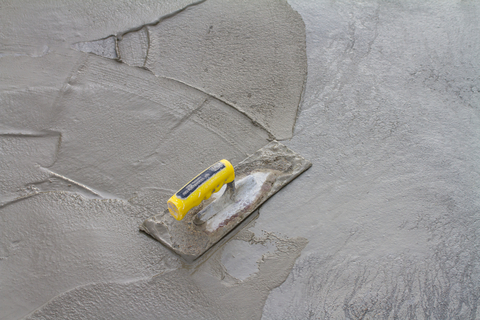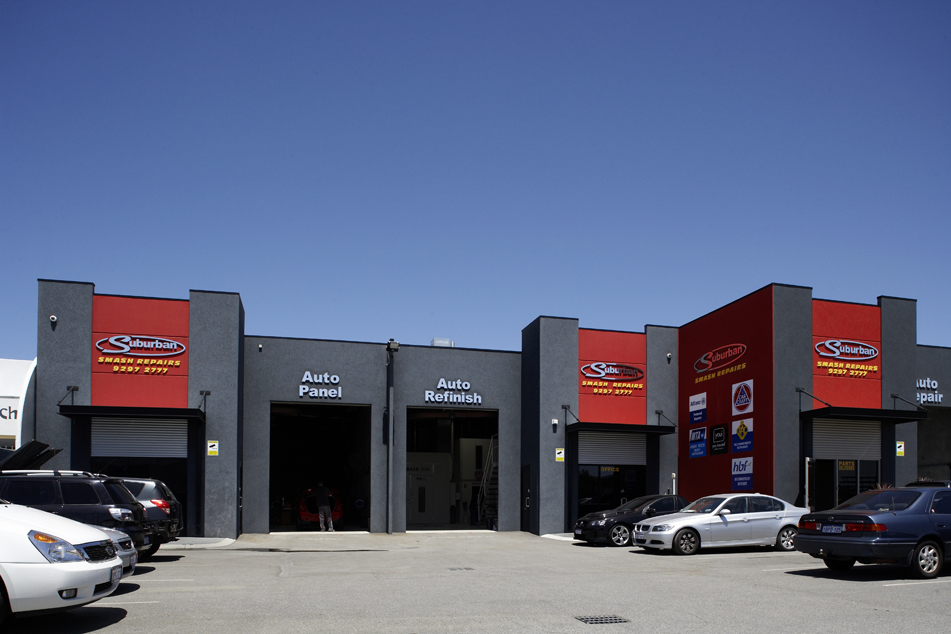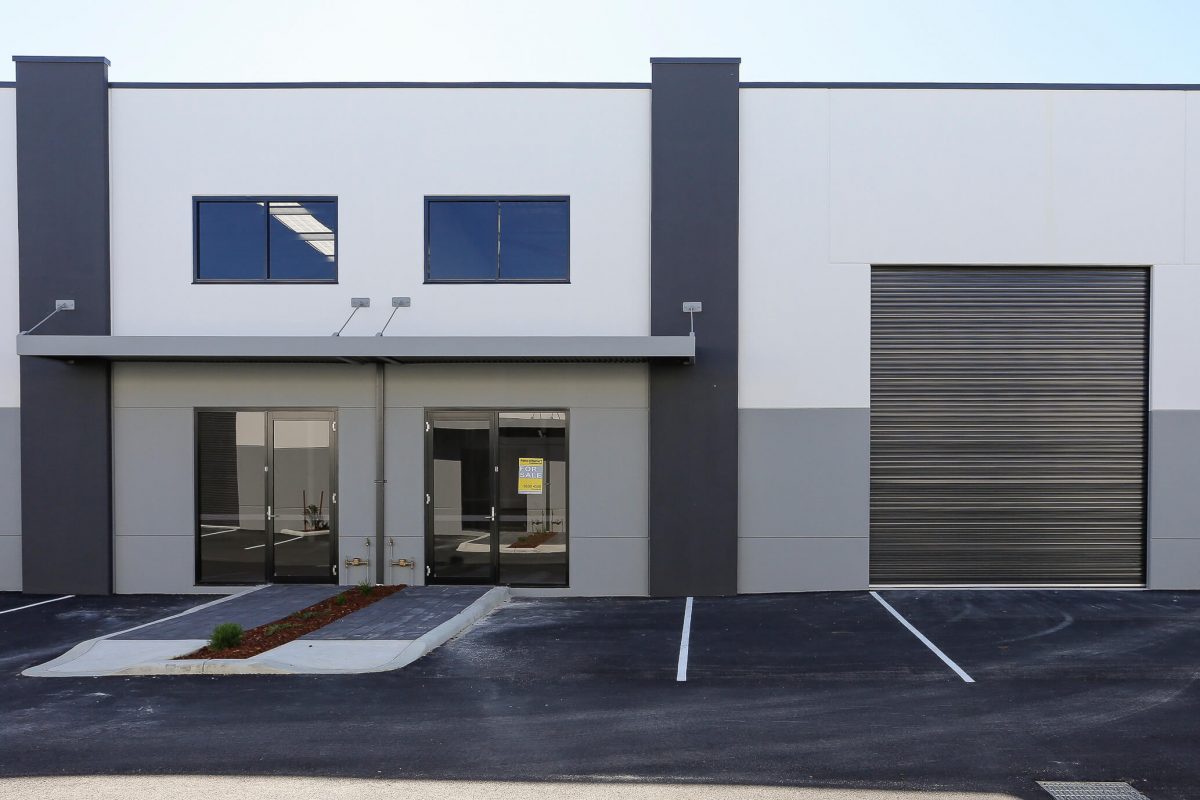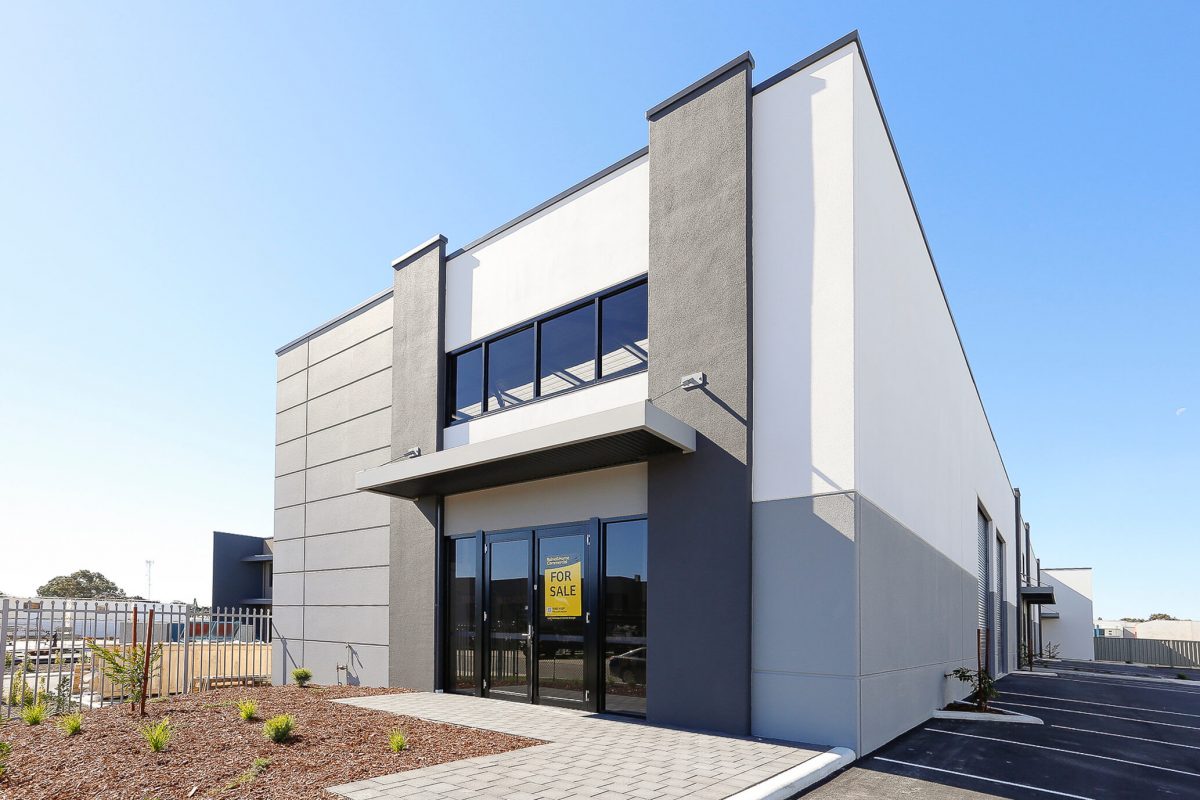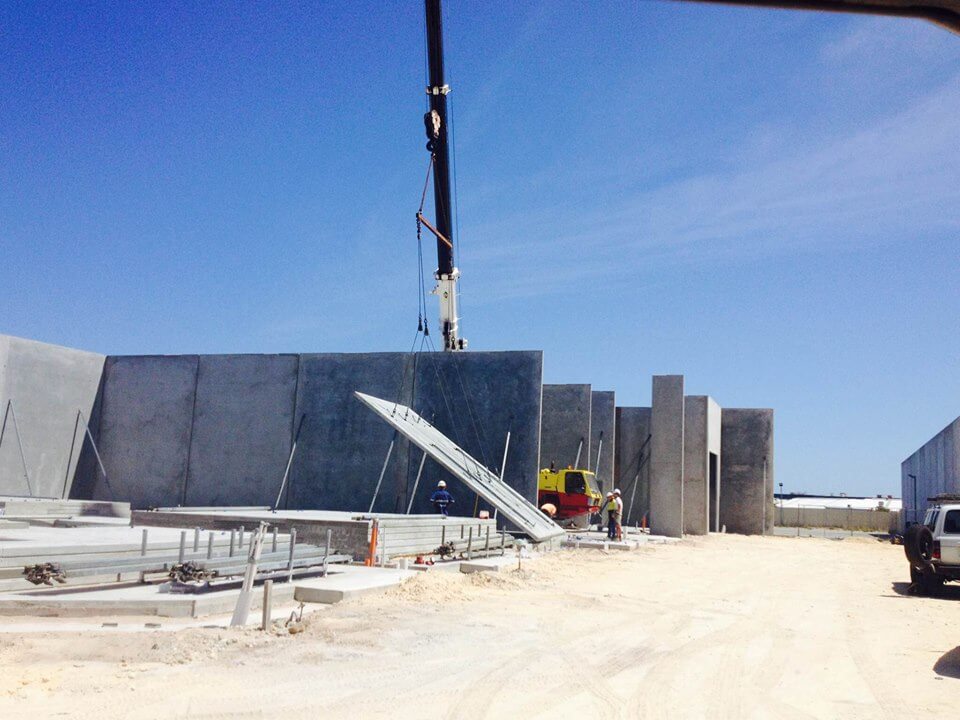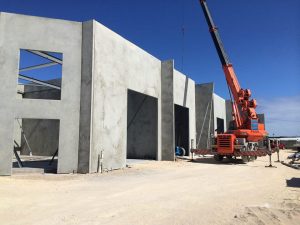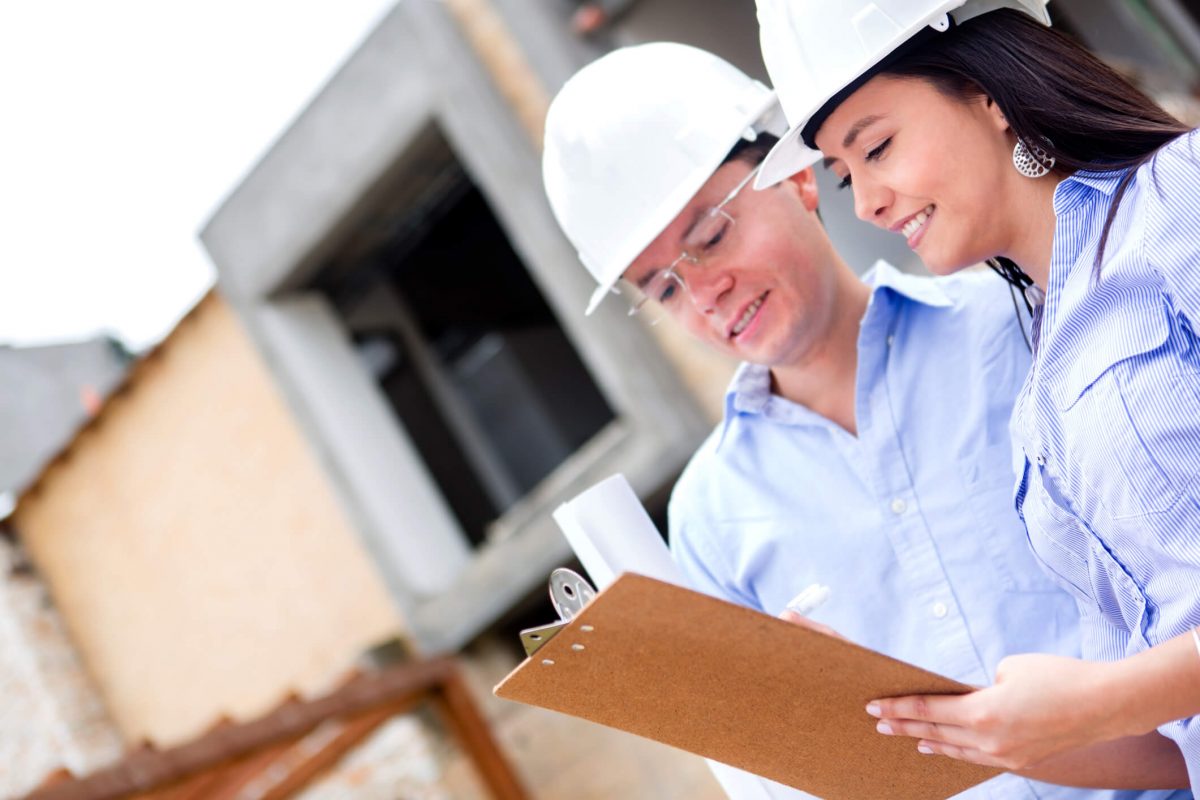A business is constantly adapting, and as your business becomes established and grows you may find that your current premises no longer meets requirements, leaving little option other than to relocate.
When this situation arises, many business owners find themselves considering what is the best option- to lease or to buy? In this article we will look at some of the positives and the negatives around leasing or buying a commercial property, to help you make an informed and confident decision.
Before making any decision around whether to buy, it is prudent to get professional advice. You should speak to trusted legal and financial advisors who can help to answer questions you may have, such as:
- Am I well positioned to buy?
- How much capital can I afford to access?
- Will property ownership fit in with my long-term business goals?
- What is the long-range effect of the decision?
- Can I buy property through my Self-Managed Super Fund (SMSF)?
- Does the proposed business structure provide sufficient asset protection?
- Is the proposed business structure tax effective?
- What are the tax benefits?
It is important for the business owner to carefully weigh up the advice given, to decide on what option will best suit their business’ needs.
Overview- Positives of Buying
- Potential capital growth
- Control over property and business planning, option to renovate
- Option to lease out excess space
- A fixed loan can provide fixed costs
- Tax benefits, tax deductions for interest & depreciation
- Benefits if purchased through SMSF
- Can access equity
Overview- Negatives of Buying 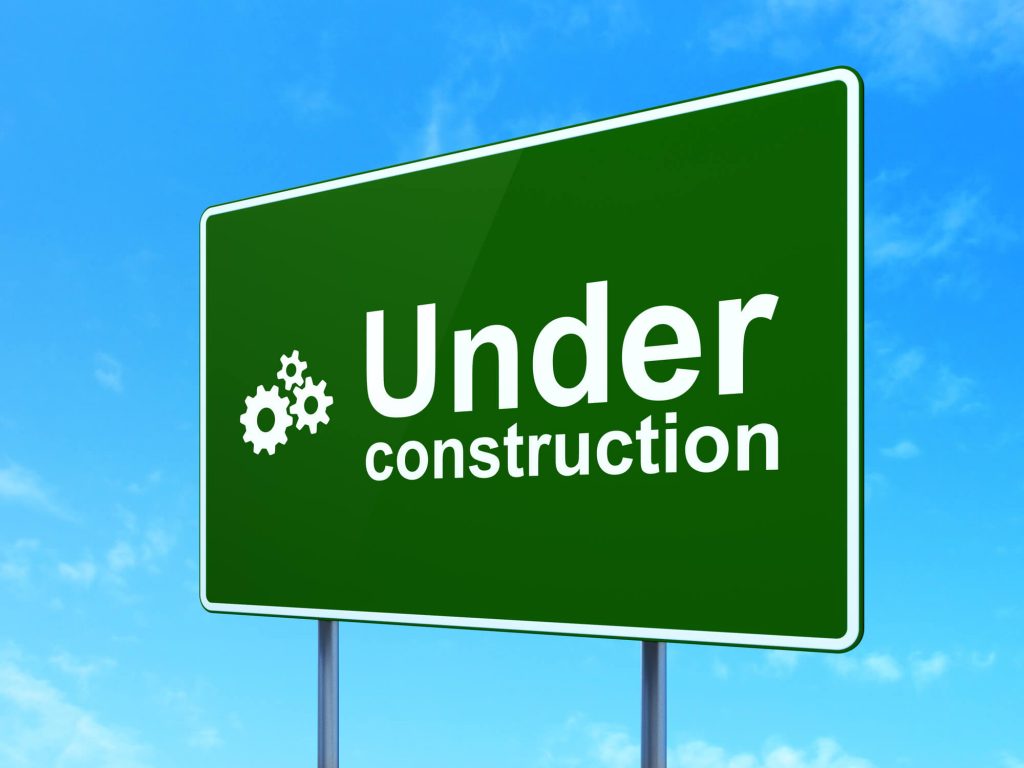
- Potential capital loss
- Lack of flexibility
- Substantial capital outlay required
- Responsible for maintenance & renovations
- May be liable for land tax
Overview – Positives of Leasing
- Ability to access more capital not invested in property
- Flexibility to relocate – subject to terms of lease but not tied to property
- Wider selection of appropriate properties
- Quicker time frame to move in
- Less risk of liability for property improvements and structural repairs
Overview- Negatives of Leasing
- Potential variation in rent, rent increases
- Limited control of property–renovations and improvement may be disallowed
- Lack of equity
- Lease may impose conditions for regular maintenance
- May be required to contribute toward outgoings
- May be required to relocate when lease expires
Case Study- Buying Vs Renting
Brian and Sarah required a new business premises as their business had outgrown their current space,and their business required a bigger work space work to continue to remain at maximum productivity.
They worked out a long-term business plan and determined that they required a building space of about 1,000m² plus additional land for a car park.
They had a look at the rental market, and found that it would cost roughly $120 per square metre, costing them about $120,000 per year to lease a 1,000m² space.
Weighing up their options carefully, they decided to build.
They found a suitable 2,000m² block of land at a cost of $500,000. They built a modern and functional premises, which occupied 1,000m² and with the remaining space built a car park, with adequate room for both client and staff parking. This cost $730,000, making their overall investment $1,230,000.
They had secured finance for 80% of the total amount, and fixed it for 2 years at 5.56% and paid interest of $54,710 per annum.
Choosing to build rather than lease resulted in a saving of $65,290 per year because they chose to purchase over leasing the building. They also had the freedom to customise the building to suit their needs exactly, and they also have the added benefit of selling on or leasing out the property as a source of income if they choose to in the future.
Customise and grow- Building your commercial premises
Considering both options above, it is clear that a company that has sufficient capital and a well-developed business plan may do very well in opting to buy.
Many businesses seek a greater level of customisation, which a tailored build can offer them. Choosing to build a commercial property to use as an owner occupied premises can provide excellent potential for long-term planning and growth.
Freedom to plan and grow
The freedom to plan long-term business development which your own build can afford is often the biggest deciding factor in any business owner’s decision to build.
The flexibility of building your own property is very attractive to business owners that may want a customised property, to ensure productivity and work efficiency.
Build your brand!
Your business premises is a direct reflection of what your company stands for. The design and presentation of your premises should show both current and potential clients a professional and modern company that they are confident to engage.
Building a new premises or improving an existing building is a strong reinforcement of your brand, which ensures that you are remembered by clients and prospects.
Design & functionality
Modern design can help your business progress to a higher level of efficiency and productivity. A built-for-purpose commercial property can be designed to exact specifications, while offering the freedom to renovate as needed.
Working with builders who are experienced in building functionality can ensure that your build is optimised for efficient work flow and business success.
Provisions can also be made for business growth as a build can be tailored to allow for future business expansion.
Financial benefits
Depending on individual circumstances there are many other ways to financially benefit in building, including purchasing the investment through a SMSF.
Buying business property through a SMSF is becoming increasingly popular, although this should be pursued after seeking professional advice.
Mortgage repayments on a property can often prove to be more economical than leasing, while a fixed mortgage in turn offers your business fixed costs that are not subject to the cost variations associated with leasing.
Additionally, there are tax benefits to owning commercial property. You may be eligible to claim a credit for the GST included in the purchase price. It is also possible to claim income tax deductions for ownership and maintenance expenses, such as depreciation and loan interest, and also to claim a credit for the GST included in maintenance and running costs.
The capital growth associated with commercial property investment is another significant advantage to building, as property acts a long-term form of wealth creation. An attractive property should offer long-term capital appreciation and positive return on investment in the case that you may want to sell-on or lease the building out.
Choosing to build can offer your business greater freedom and the opportunity for development. An established business that is committed to building their brand and efficiency can do so by investing in a modern build that is optimised for functionality.
If you are interested in pursuing a commercial build contact RapidTilt construction. We can guide you through the entire process starting from the concept and planning stage, through to delivering a high-quality build that is within your budget, without the hassle of spiralling costs and time frame.



